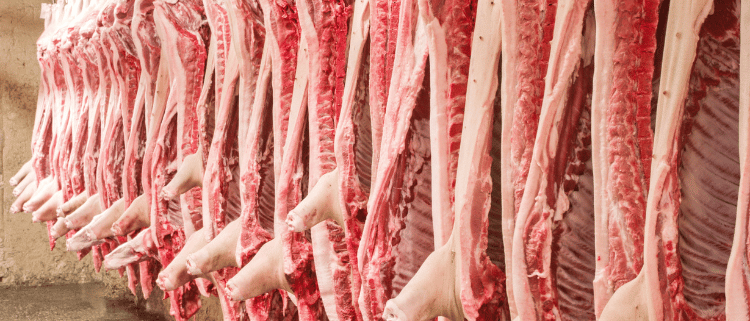Effect of zinc source on pork quality
Supplementation with a highly available zinc glycinate can be a good strategy to reduce losses during chilling of the carcass and oxidation of cooked meat, retaining pork quality better over time.
by Mieke Zoon, published in Asia Pork, September 2022
About one third of global meat consumption is pork, only second after chicken. Due to its religious constraints and historic availability, the consumption of pork products varies widely between regions, but both in Asia and Europe it is the most-consumed meat.
Pork is often consumed in processed forms (minced meat, bacon, sausages, dry-cured or cooked ham and more), that have their origins related to preserving methods. Today, the main differentiation of pork products is made based on taste, origin and production standards. However, pork products still need to be attractive and safe over time for consumers. Due to the variety in final products and changing preferences of the consumer, targeted meat quality can differ and may change over time.
The impact of several factors influencing meat quality in general and pork quality specifically have been studied in detail: for example, genetics, dietary lipid profile, pre-slaughter and slaughter conditions. Still more research is needed to reduce oxidative stress in meat after slaughter, affecting its ability tobe processed and stored. Examples of characteristics that are influenced by oxidative stress are fat quality and water holding capacity.
Functions of zinc
Zinc is an essential nutrient for many physiological processes in the organism, supporting health and good growth and development. Major functions of zinc on a cellular level are catching free radicals and preventing lipid peroxidation as part of the antioxidant system. Therefore, a deficiency of zinc in pigs may affect the pork quality after slaughter and processing.
Zinc glycinate
A chemically well-defined range of metal glycinates with scientifically proven results in all major livestock species has already shown to be efficient to support pig production.
By supplementing throughout the production cycle from gestating sows until slaughter of their progeny, sow fertility improved and piglets with low birth weight were reduced, while growth performance and slaughter characteristics of the pigs from weaning until slaughter improved as well. These results show the benefit from a highly available source of trace minerals throughout the pig production cycle.
Effect of zinc glycinate on pork quality
Chilling losses
More specifically for pork quality, recent data shows that supplementing zinc from zinc-glycinate in the finishing phase of fattening pigs reduced the chilling losses of their carcasses after slaughter.
Lipid peroxidation
The meat from pigs supplemented with zinc-glycinate showed less lipid peroxidation after cooking, especially with the lower dose of zinc-glycinate . The lipid stability in cooked pork is essential for the quality and taste of cooked pork products.
Conclusion
This data confirms the added value that highly bioavailable trace minerals may have in the total pork production, not only on pig performance and reproduction, but also on final product quality.
Pork is an important source of animal protein and zinc can be part of a nutritional strategy to improve the quality of pork. Adaptation of pig production is needed to answer to the customer demand for sustainably produced and high-quality products. Supplementation with a highly available zinc source can be a good strategy to reduce losses during chilling of the carcass and oxidation of cooked meat, better retaining pork quality over time.
Related articles
How organic Zinc can support the pork production of tomorrow



